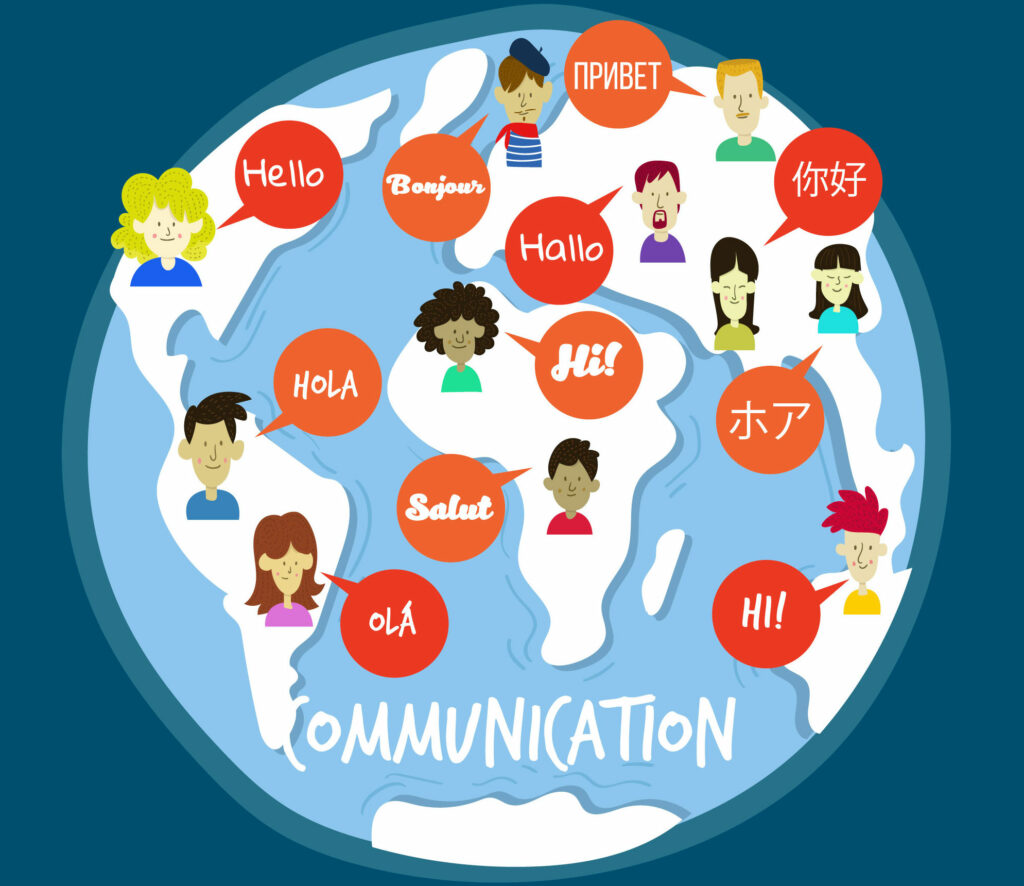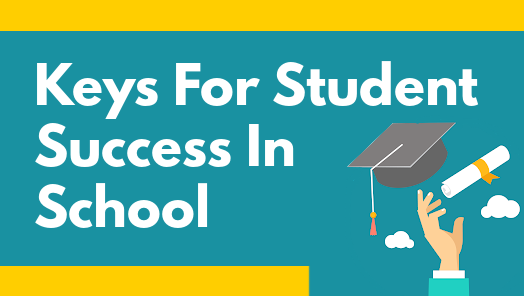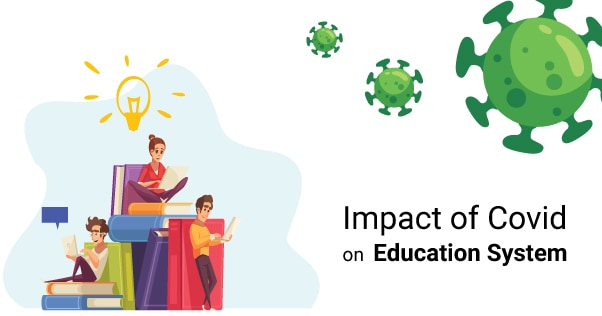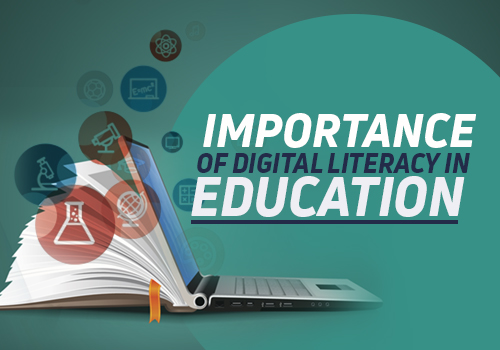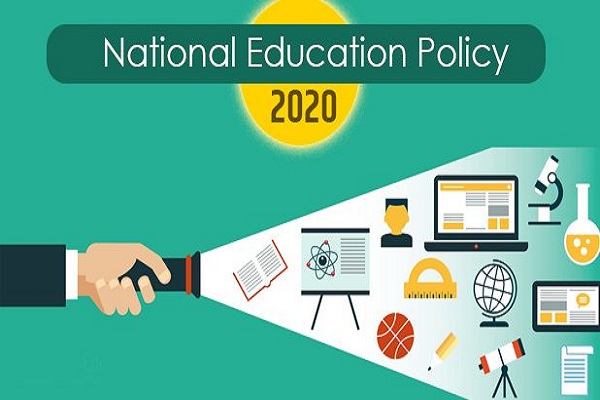Value-based education is an essential component of the Indian education system. It is an educational approach that emphasizes the development of values such as honesty, respect, responsibility, empathy, and compassion. In India, value-based education is essential because it can help students develop into responsible, ethical, and empathetic individuals who can contribute positively to society. Here are some reasons why value-based education is important in Indian schools:
- Developing Ethical Behavior: Value-based education helps students develop ethical behavior by instilling values such as honesty, integrity, and responsibility. These values guide students’ behavior and decision-making and help them become responsible and accountable individuals.
- Fostering a Sense of Empathy: Value-based education promotes empathy and compassion towards others. Students learn to appreciate the diversity of cultures and backgrounds and develop a sense of respect toward others. This empathy can help students develop a sense of responsibility towards society and contribute positively to the community.
- Promoting Self-Awareness: Value-based education encourages students to reflect on their actions and decisions and develop self-awareness. This self-awareness can help students understand their strengths and weaknesses and make informed decisions that align with their values and beliefs.
- Encouraging Critical Thinking: Value-based education encourages students to think critically and make decisions based on ethical principles. Students learn to analyze situations, consider multiple perspectives, and make decisions that align with their values and beliefs. This critical thinking can help students develop a sense of responsibility towards society and make informed decisions that benefit others.
- Enhancing Interpersonal Skills: Value-based education promotes the development of interpersonal skills such as communication, collaboration, and teamwork. These skills are essential for success in personal and professional life and can help students develop positive relationships with others.
- Preparing Students for the Future: Value-based education prepares students for the future by instilling values such as adaptability, resilience, and problem-solving skills. These values are essential for success in a rapidly changing world and can help students navigate challenges and opportunities effectively.
In conclusion, value-based education is an essential component of the Indian education system. It can help students develop into responsible, ethical, and empathetic individuals who can contribute positively to society. By promoting ethical behavior, fostering empathy, promoting self-awareness, encouraging critical thinking, enhancing interpersonal skills, and preparing students for the future, value-based education can help students develop into well-rounded individuals who can make a positive impact on society.




